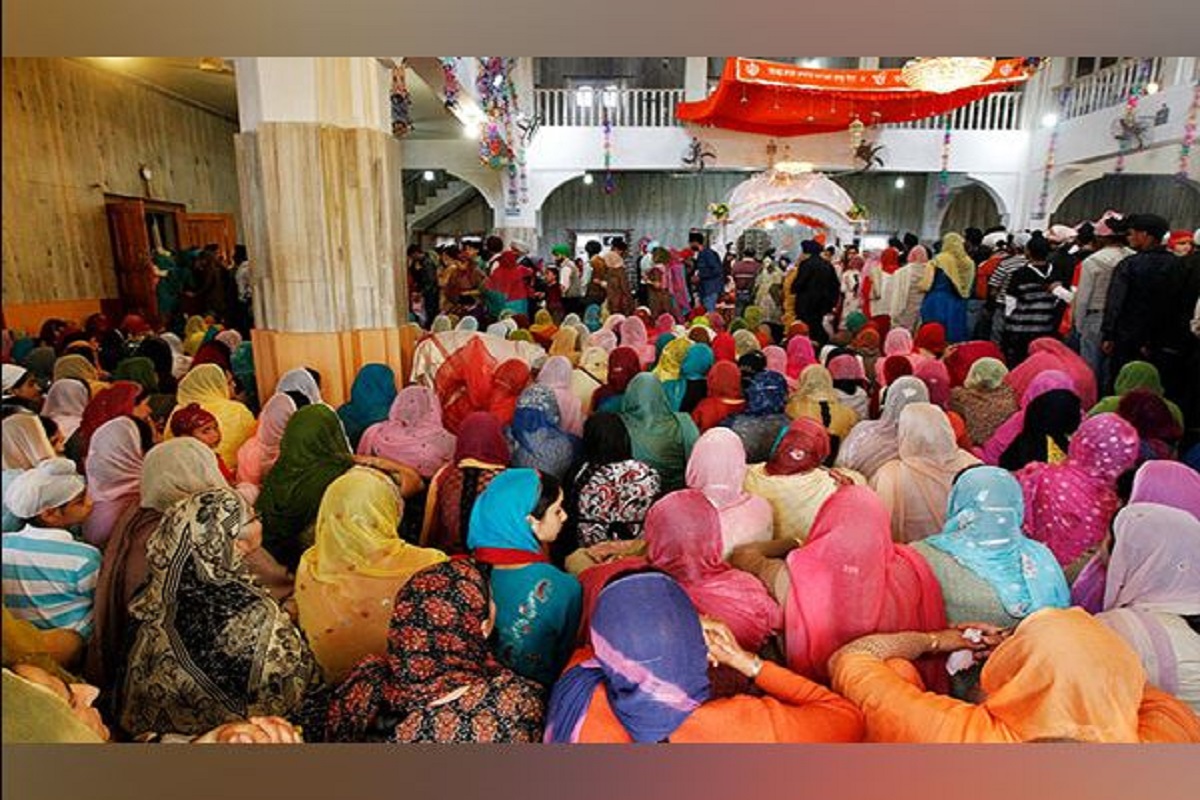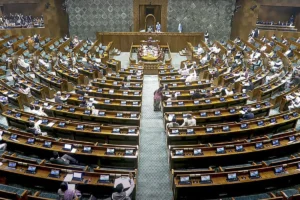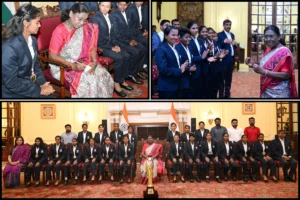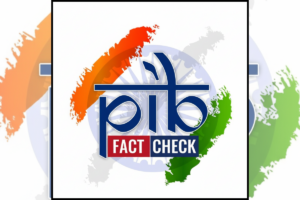
While achieved its much sought-after freedom from the British Raj in 1947, it was meant to be a glorious period in India’s history, but it came with a bloody legacy, the stains and scars of which cause anguish even after 75 years, Khalsa Vox reported.
As it is well known the Indian subcontinent was cruelly ripped into two parts — India and the Muslim-majority Pakistan. Thus began one of the greatest migrations in human history, as countless Muslims trekked to West and East Pakistan while millions of Hindus and Sikhs headed in the opposite direction.
It seems unbelievable that communities that had co-existed for years and centuries attacked each other in such a spine-chilling wave of communal violence, a genocide… which was inhumane and unprecedented, Khalsa Vox reported.
The carnage along the borders of Punjab and Bengal was terrifying — massacres, forced conversions, arson, mass abductions, savage sexual assaults, and cold-blooded murders. The violence against women was especially gruesome as around seventy-five thousand women were raped, and many others were disfigured or dismembered, the report noted.
One such tragedy involved 22 women. Some catastrophes are just so tragic to come to grips with! On the morning of 8th March 1947, near Kahuta (Rawalpindi), such an incident took place, Khalsa Vox reported.
Narrahee was a small isolated village (now in West Pakistan Punjab, Pakistan) which was inhabited mainly by Khatri and Sahajdhari Sikhs who lived peacefully and cordially with a few Muslim families around.
As the first train reached Amritsar with dead and mutilated bodies of migrants arrived, mayhem broke loose, leading to gruesome madness on both sides of the borders. On March 6, radical Muslims came out on the streets looting, killing, and abducting Sikh and Hindu women and setting homes on fire, with people in them, the report noted.
The 13-14 families of Gursikhs gathered in the village gurdwara and a unanimous decision was reached that they would face the wrath of their tormentors with bravery and faith. The devout Sikhs did not have any weapons other than their ‘Kirpans’ but what they did possess was a lineage of sacrifices, veneration, and valour which were unsolicited, yet profoundly embedded as intrinsic values, Khalsa Vox reported.
It was out of the question for them to concede to the demands of the Muslims so it was mutually decided that all women, 22 of them, both married and unmarried, would be sacrificed by their husbands or fathers before the arrival of the invaders. Then the men would fight to their last breath but would never change their religion.
Thus, on March 8 morning, 1947, 22 brave women were sacrificed unflinchingly amidst the recitation of ‘Gurbani’. It must have been horrifying for all involved. The extreme courage and tolerance required to kill your kin, your loved ones, is inexplicable, yet it was done, Khalsa Vox reported.
‘Ardas’ was placed for the peace and salvation of the departed souls. What followed was pandemonium! Loud cries of ‘Jo bole so nihaal’ were answered by even louder ‘Allah-hu-Akbar’!! Sikh men with blood-stained ‘Kirpans’ charged toward the enraged mob, blood flowed like undying rivers, and the atmosphere reverberated with tension and conflicting energies.
When the Muslims saw the crimson, blood-spattered corpses of the 22 women, they realized the iron will of the Sikhs and lost their nerve. They thought better than to fight the grit and determination of the Sikh men and withdrew from the village, Khalsa Vox reported.
Also read: Whatever Happened At Indian High Commission Is Not Okay: UK envoy Alex Ellis
It was later that Captain Daler Khan arrived on the scene and was deeply shocked and dismayed at the course of events. Under his protection, the surviving men were escorted to Kahuta where the last rites of the women were performed as per Sikh rituals.
A protection part of 15 armed men led by Captain Khan was organized to escort the Sikhs to the ‘Dak Bangla’ in Kahuta.
There is no parallel to the sacrifice of the 22 women, no actions as valiant as their men who sacrificed them to safeguard their honour, and no kindness as shown by the captain who helped them unconditionally and heroically, Khalsa Vox reported.
By 1948, the migration drew to a close, but more than 15 million people had been uprooted and about 2 million died. This partition is the identity of the present Indian subcontinent. The stones of pain and suffering are uncountable, just as the tales of heroism and compassion.
To read more such news, download Bharat Express news apps





















